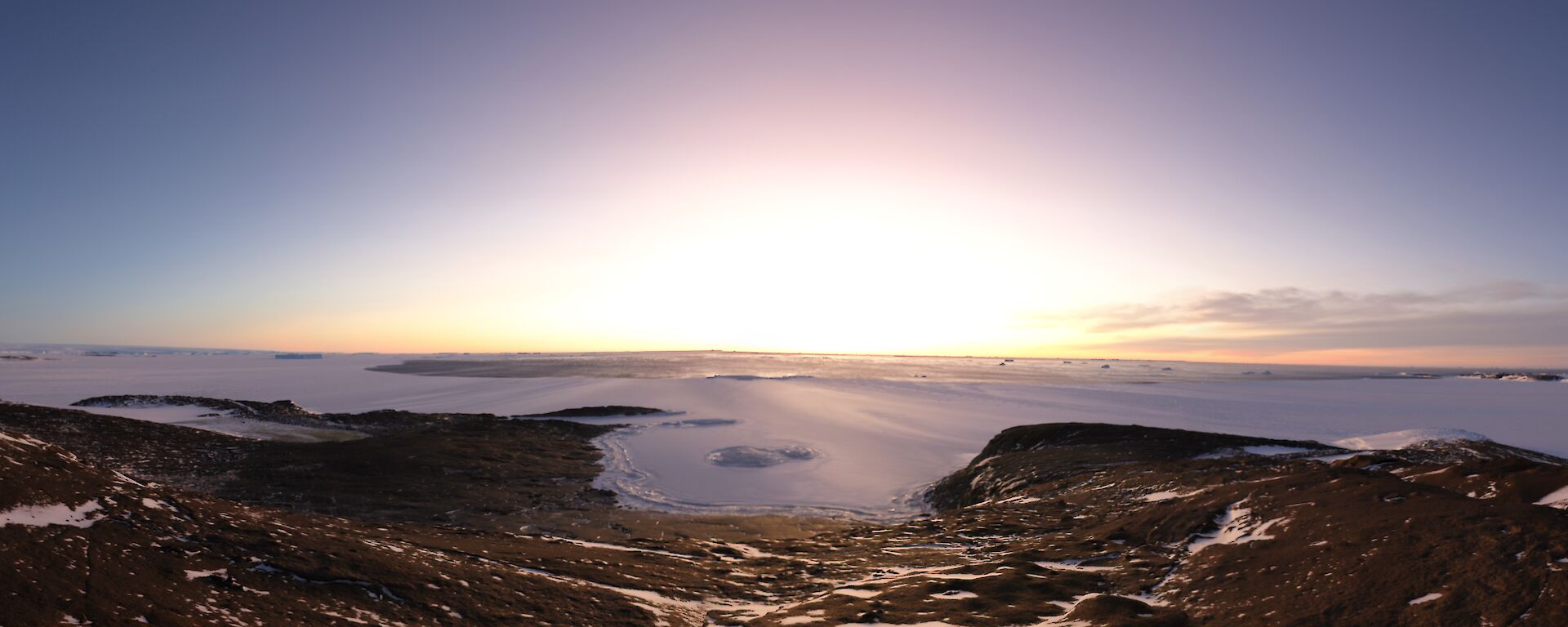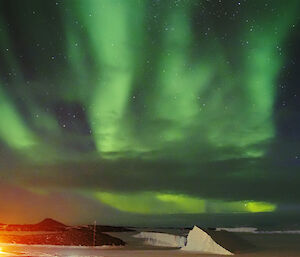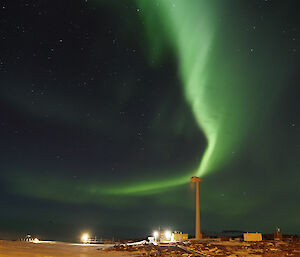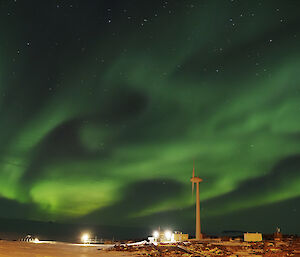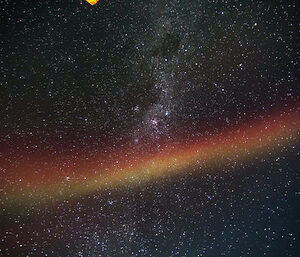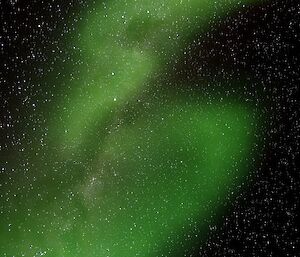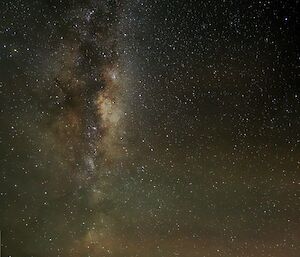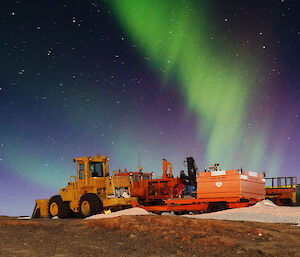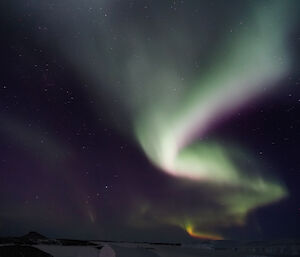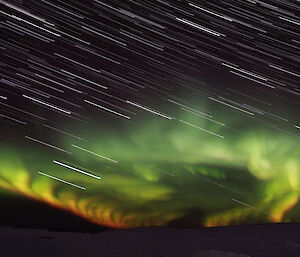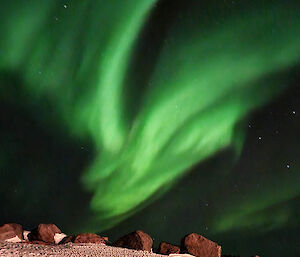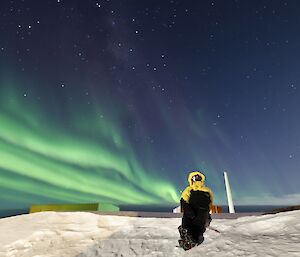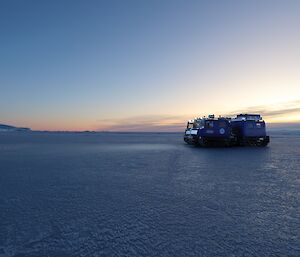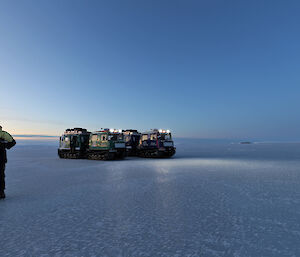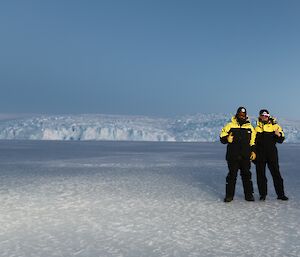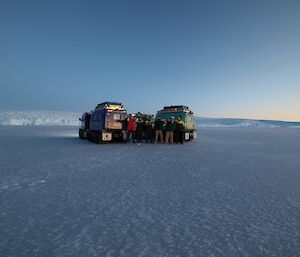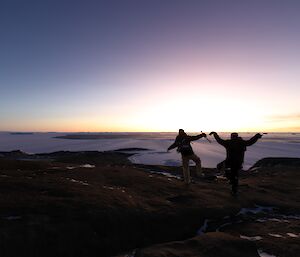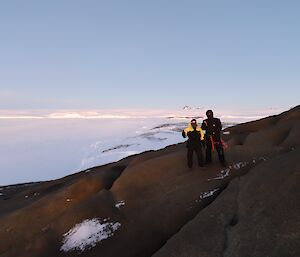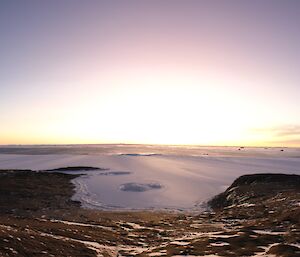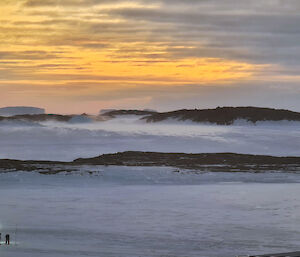Auroras and armpits go together like a horse and carriage.... Let me explain.
I have a new hobby; aurora photography. I knew there’d be good auroras down here, but it’s another level when you actually see them for real, stretching from horizon to horizon. I thought they were only green, but I’ve seen yellow, orange, and red and purple as well.
Like many people, I bought a good camera just before leaving Australia. I have an Olympus OM-D E-M10 Mark IV with a 14-150mm lens. It’s a good general-purpose camera, not specifically tailored for aurora photography. A wide-angle lens would’ve been better, but I’ve still managed to get a lot of shots I’m happy with.
It took me a few months to settle on camera settings, finding the balance between exposure, shutter speed and ISO. It changes depending on the sky, so you just have to keep trying out different combinations. It’s good to have a camera that you can set to take continuous shots. Auroras come and go, so leave it out for a few hours and review the (sometimes 100s of) shots later and pick the best ones.
A good phone camera is handy, too, and some shots are actually quite decent. Often, I’ll pop my head outside, take a few snaps with my phone, but by the time I’ve got the good camera setup, the aurora’s gone. And by pop outside, I mean put on thermals, jacket, beanie, gloves, boots and head torch.
This leads into what people back home don’t see in the photos, and that’s the effort involved in taking them. Walking in the dark in minus 25 degrees (with wind chill bringing that down to minus 35). Securing the tripod with rocks, wind gusts are unpredictable, and I learned the hard way after a cracked LCD screen.
It’s impossible to operate the camera with the big boofy AAD issue gloves, so you have to use just glove liners, whipping them out for a few seconds to setup then straight back in the gloves. Eventually, your hands will need to recover, and under the armpits are best for this, skin to skin for a fast heat transfer.
Batteries also don’t like the cold. Sometimes I can only get an hour’s use out of a full charge.
All this is good training for real work outside so that you know the limits of your clothing. You gain an appreciation of the good job it does protecting you. Your extremities are the first to feel the cold, so learning how to manage them is vital.
Andrew (Mawson CTO)

